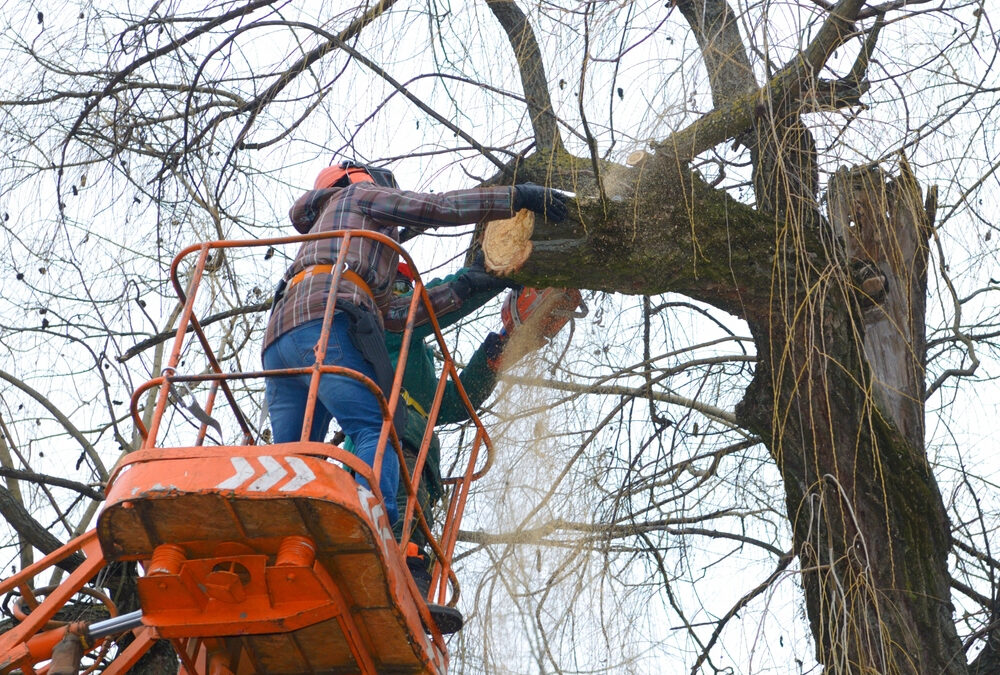Timing is crucial for tree health and maintenance. The question of the best time of year to trim trees is a common one, yet the answer is not as simple as it may seem. Factors such as tree species, desired outcomes, and regional climate all play a role in determining the optimal pruning time. Understanding these considerations can help ensure your trees receive the care they need to thrive.
Benefits of Timing Tree Trimming
When considering the benefits of timing tree trimming, it is essential to understand the impact it can have on the health and growth of your trees. Proper timing advantages not only ensure the well-being of the trees but also promote optimal growth and development.
One of the key seasonal benefits of timing tree trimming is reducing stress on the tree. Trimming during the dormant season, such as late winter, helps trees recover more quickly as they are not actively growing. This can lead to a healthier tree overall.
Furthermore, correctly timing tree trimming can help prevent spreading diseases and pests. By pruning at the right time, you can minimize the risk of pathogens entering the tree through fresh cuts, as the tree is better equipped to heal and defend itself during certain seasons. This proactive approach can save you time and money in the long run by avoiding potential infestations or infections.
Additionally, timing tree trimming can enhance the aesthetic appeal of your landscape. Properly pruned trees look more visually pleasing and promote better air circulation and sunlight exposure, which are crucial for overall tree health. By strategically timing tree trimming, you can shape the tree’s growth to fit your desired aesthetic while maintaining its well-being.
Spring: Ideal Season for Pruning
In tree care, spring emerges as the optimal season for pruning to maximize the health and vitality of your trees. During this time, trees are in the early stages of active growth, making it an ideal period for pruning to have a positive impact. One of the key benefits of pruning in spring is the promotion of early blooming. By strategically trimming trees during this season, you can encourage them to bloom earlier, enhancing the overall aesthetic appeal of your landscape.
Furthermore, spring pruning stimulates growth in trees. Removing dead or diseased branches allows the tree to allocate more energy towards new growth, fostering stronger and healthier branches. This growth stimulation can lead to a more robust tree structure and canopy, ultimately improving the tree’s long-term health.
It is important to note that while spring is an excellent time for pruning, certain precautions should be taken. It is advisable to avoid heavy pruning late in the season as it may leave the tree vulnerable to diseases and pests. Additionally, consulting with a professional arborist can help determine the specific pruning needs of your trees to ensure they thrive throughout the growing season.
Summer: Considerations for Trimming
Considering the shift from spring to summer, the focus now turns toward important considerations for trimming trees during the warmer months. During summer, tree health is critical to remember when planning trimming activities. The hot weather and increased sunlight exposure can lead to stress on trees, making them more susceptible to damage during pruning. It is essential to assess the tree’s overall health before trimming to ensure it can withstand the process without causing harm.
Understanding the growth patterns of trees during summer is vital for effective trimming. Most trees experience vigorous growth in summer, aiming to take advantage of the optimal growing conditions. Trimming during this period can help control and direct this growth, promoting a more structured and aesthetically pleasing appearance. Additionally, pruning in summer can help manage overgrown branches that may pose a risk during storms or high winds.
When trimming trees in summer, it is advisable to avoid drastic cuts that can shock the tree or inhibit its ability to recover. Instead, focus on strategic trimming to maintain the tree’s shape and encourage healthy growth. By being mindful of tree health and growth patterns during summer, trimming can be a beneficial practice that supports the overall well-being and longevity of the trees in your landscape.

